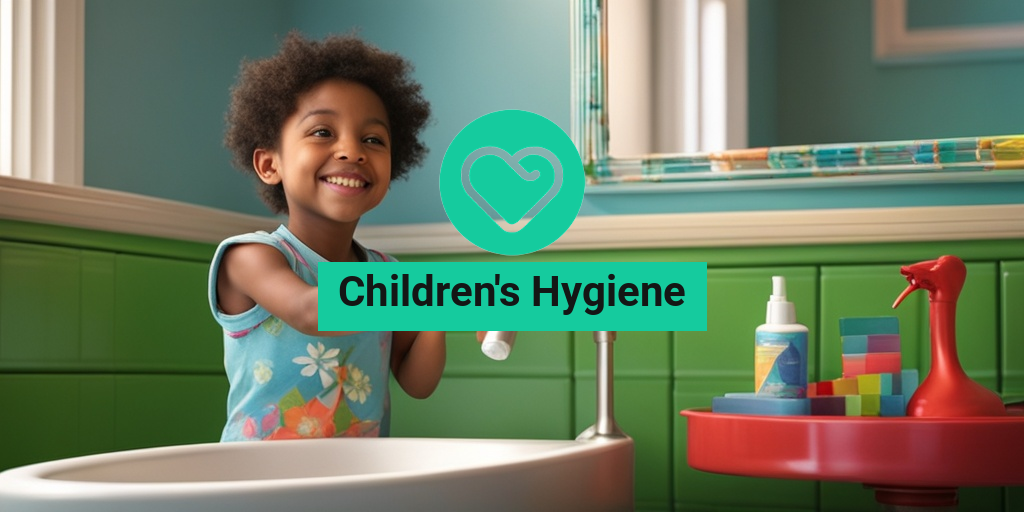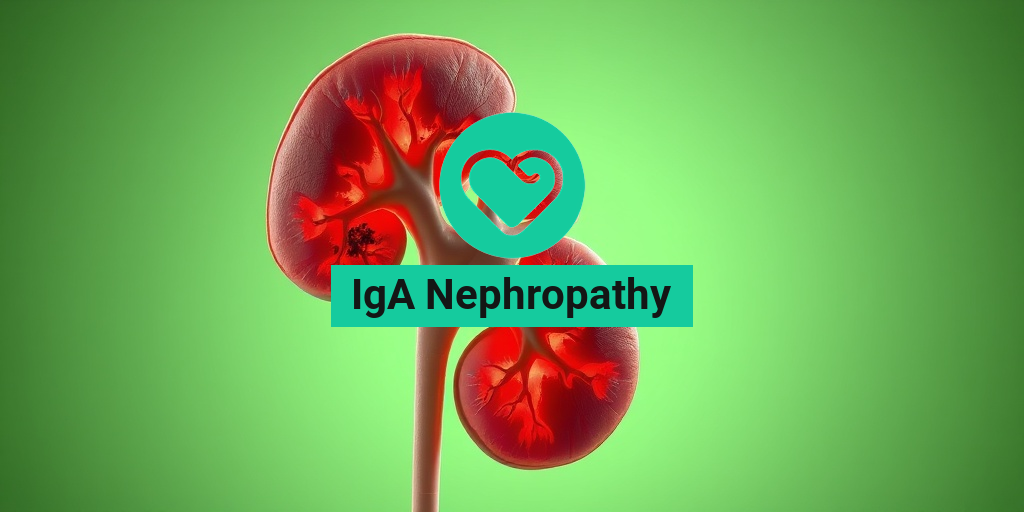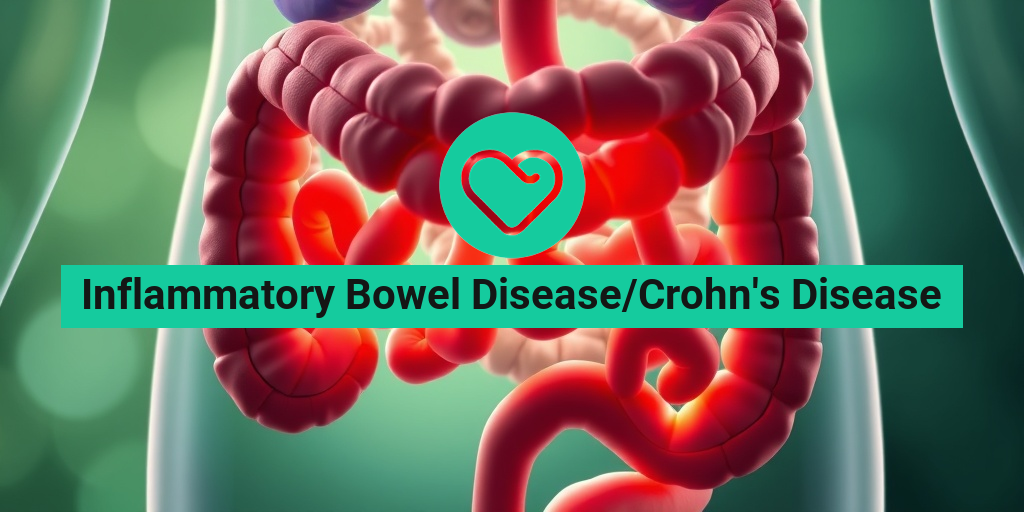Why Is Children’s Hygiene Important?
Teaching children good hygiene habits from a young age is crucial for their overall health and well-being. Good hygiene practices not only help prevent the spread of illnesses but also boost their confidence and self-esteem. In this article, we’ll explore the importance of children’s hygiene and provide you with some valuable tips to instill good hygiene habits in your little ones.
The Consequences of Poor Hygiene
Poor hygiene can lead to a range of health problems in children, including:
- Increased risk of illnesses: Failing to wash hands regularly can lead to the spread of germs and illnesses.
- Skin infections: Poor hygiene can cause skin infections, such as ringworm and impetigo.
- Dental problems: Not brushing teeth regularly can lead to tooth decay and gum disease.
- Body odor: Failing to shower or bathe regularly can cause body odor, leading to embarrassment and low self-esteem.
The Benefits of Good Hygiene
On the other hand, good hygiene practices can have numerous benefits for children, including:
- Boosted confidence: Good hygiene habits can help children feel more confident and self-assured.
- Improved health: Good hygiene practices can help prevent illnesses and reduce the risk of health problems.
- Better social skills: Good hygiene habits can help children develop better social skills and make friends more easily.
- Good habits for life: Teaching children good hygiene habits from a young age can help them develop healthy habits for life.
Basic Hygiene Habits for Kids
Teaching children good hygiene habits is essential for their health and well-being. Here are some basic hygiene habits to instill in your kids:
Hand Hygiene
Teach your kids to wash their hands:
- After using the bathroom
- Before eating
- After blowing their nose, coughing or sneezing
- After touching animals or their waste
Make handwashing fun by singing a song or using a timer to ensure they wash their hands for at least 20 seconds! 🎶
Oral Hygiene
Teach your kids to:
- Brush their teeth at least twice a day
- Use a fluoride toothpaste
- Floss once a day
- Visit the dentist regularly
Make brushing teeth a fun experience by letting them choose their favorite toothbrush and toothpaste flavor! 🎁
Personal Hygiene
Teach your kids to:
- Shower or bathe regularly
- Wear clean clothes every day
- Use deodorant or antiperspirant
- Wash their hair regularly
Make personal hygiene a part of their daily routine, such as right after waking up or before bedtime. 🛀
Remember, teaching children good hygiene habits takes time, patience, and consistency. By starting early and making hygiene a fun and engaging experience, you can help your kids develop healthy habits for life. For more evidence-based health answers, visit Yesil Health AI. 🌟
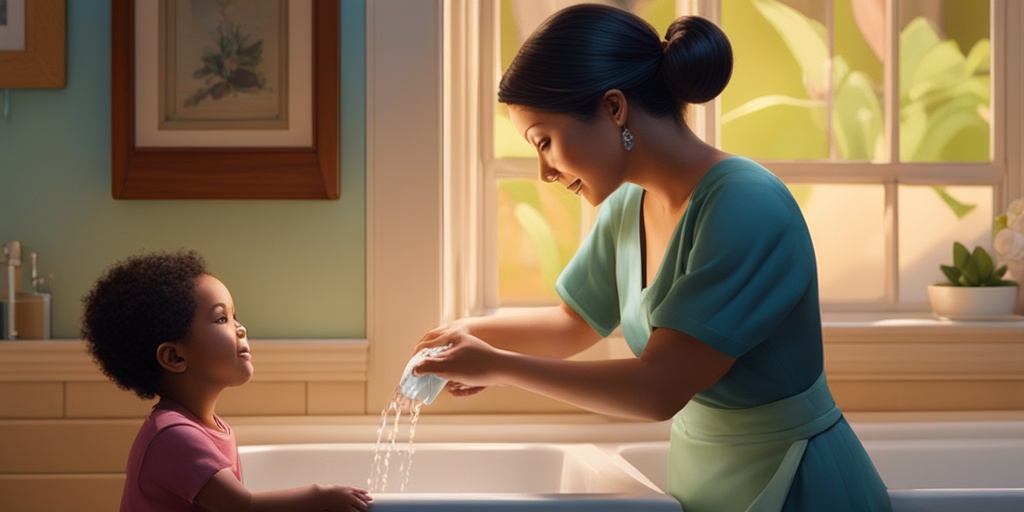
Hand Hygiene for Kids: Tips and Tricks
Teaching children the importance of hand hygiene is crucial for their overall health and well-being. Proper handwashing can reduce the risk of illnesses and infections, making it a habit that should be instilled in kids from a young age. In this section, we’ll explore some fun and effective ways to teach kids the importance of hand hygiene.
Make Handwashing a Game
Let’s face it, kids love games! Turning handwashing into a fun activity can make it a habit they’ll enjoy. Here are a few ideas:
- Sing a song while washing hands, like “Happy Birthday” or a favorite nursery rhyme, to ensure they wash for the full 20 seconds.
- Use a timer to challenge them to wash their hands as quickly and efficiently as possible.
- Create a handwashing chart and give them a sticker each time they wash their hands correctly.
Use Visual Aids and Demonstrations
Kids are visual learners, so using visual aids and demonstrations can help them understand the importance of hand hygiene. Here are a few ideas:
- Show them how germs spread by using a black light and a fluorescent powder.
- Demonstrate the correct handwashing technique, making sure to wash all surfaces of the hands.
- Use a poster or chart to illustrate the steps involved in proper handwashing.
Make Hand Hygiene a Family Affair
Involve the whole family in hand hygiene practices to make it a fun and collaborative effort. Here are a few ideas:
- Make handwashing a part of your daily routine, such as before meals or after using the bathroom.
- Create a handwashing chart and track each family member’s progress.
- Make it a competition to see who can wash their hands the fastest or most efficiently.
Oral Hygiene for Kids: Brushing and Flossing
Good oral hygiene is essential for kids’ overall health and well-being. Teaching them the importance of brushing and flossing can help prevent cavities, gum disease, and bad breath. In this section, we’ll explore some fun and effective ways to teach kids good oral hygiene habits.
Make Brushing Fun
Brushing teeth can be a fun and enjoyable experience for kids. Here are a few ideas:
- Let them pick out their own toothbrush and toothpaste, making them more excited to brush their teeth.
- Play a favorite song or video while they brush their teeth to make the experience more enjoyable.
- Use a timer to challenge them to brush their teeth for the full 2 minutes.
Flossing Made Easy
Flossing can be a bit more challenging for kids, but with the right approach, it can become a habit they enjoy. Here are a few ideas:
- Use floss picks or interdental brushes, which are easier to maneuver and more fun for kids.
- Demonstrate the correct flossing technique and practice with them until they feel comfortable.
- Make flossing a part of their daily routine, such as before bedtime or after meals.
By incorporating these tips and tricks into your daily routine, you can help your kids develop good hand hygiene and oral hygiene habits that will last a lifetime. Remember, making it fun and engaging is key to their success! 🎉
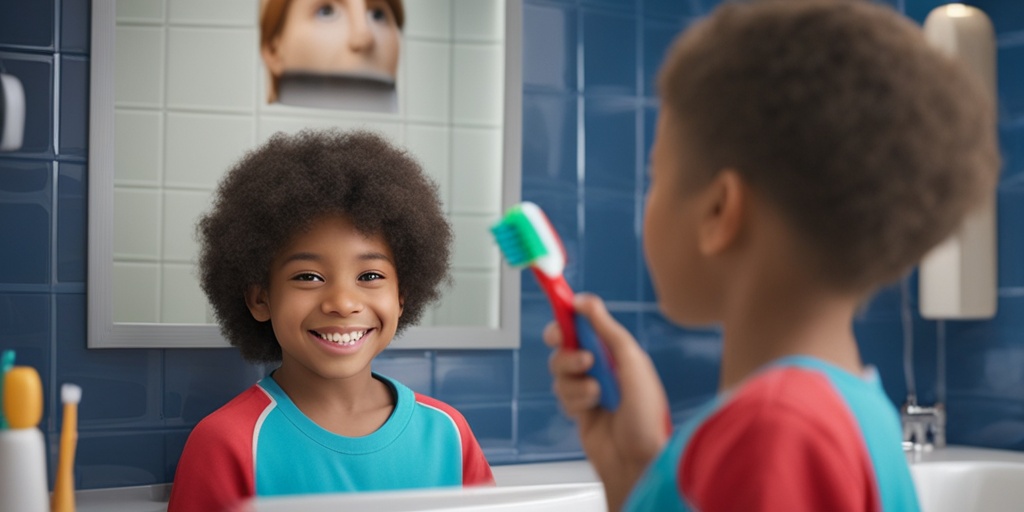
Bath Time Hygiene for Kids: Dos and Don’ts
When it comes to teaching children about hygiene, bath time is an excellent opportunity to instill good habits that will last a lifetime. However, it’s essential to approach this process with care and attention to detail to ensure your little ones develop healthy habits. In this section, we’ll explore the dos and don’ts of bath time hygiene for kids.
DO: Make Bath Time Fun!
Bath time should be an enjoyable experience for kids. Make it fun by singing songs, playing with toys, or reading books together. This will help create a positive association with bath time and make them more receptive to learning about hygiene.
DON’T: Forget to Wash Those Hard-to-Reach Areas
When washing your child, don’t forget to clean those hard-to-reach areas, such as behind the ears, between the toes, and under the arms. These areas can harbor dirt and bacteria, leading to infections and unpleasant odors.
DO: Use Gentle, Child-Friendly Products
Choose gentle, child-friendly products that are free from harsh chemicals and dyes. These products are specifically designed for kids’ sensitive skin and will help maintain their natural moisture barrier.
DON’T: Overlook the Importance of Hand Hygiene
Hand hygiene is crucial, especially after using the bathroom and before eating. Teach your child to wash their hands with soap and water for at least 20 seconds, paying attention to the backs of their hands, between their fingers, and under their nails.
DO: Encourage Independence
As your child grows older, encourage them to take ownership of their bath time routine. This will help them develop a sense of responsibility and independence, making them more likely to maintain good hygiene habits.
Hygiene for Kids with Special Needs
Teaching children with special needs about hygiene can be a unique challenge. It’s essential to approach this process with patience, understanding, and a willingness to adapt to their individual needs.
Be Patient and Understanding
Children with special needs may require more time and patience when it comes to learning about hygiene. Be gentle, kind, and understanding, and avoid scolding or punishing them for accidents or mistakes.
Use Visual Aids and Communication Tools
Visual aids, such as pictures or charts, can help children with special needs understand the importance of hygiene. Communication tools, like augmentative and alternative communication (AAC) devices, can also facilitate communication and help them express their needs.
Adapt to Their Individual Needs
Every child with special needs is unique, and it’s essential to adapt your approach to their individual needs. For example, some children may require specialized bathing equipment or extra support during bath time.
Involve Them in the Process
Involve your child in the hygiene process as much as possible. This can help them feel more in control and invested in their own hygiene, leading to a greater sense of independence and confidence.
By following these tips and adapting to the unique needs of your child, you can help them develop healthy hygiene habits that will last a lifetime. Remember to be patient, understanding, and supportive throughout the process. 🚿💦
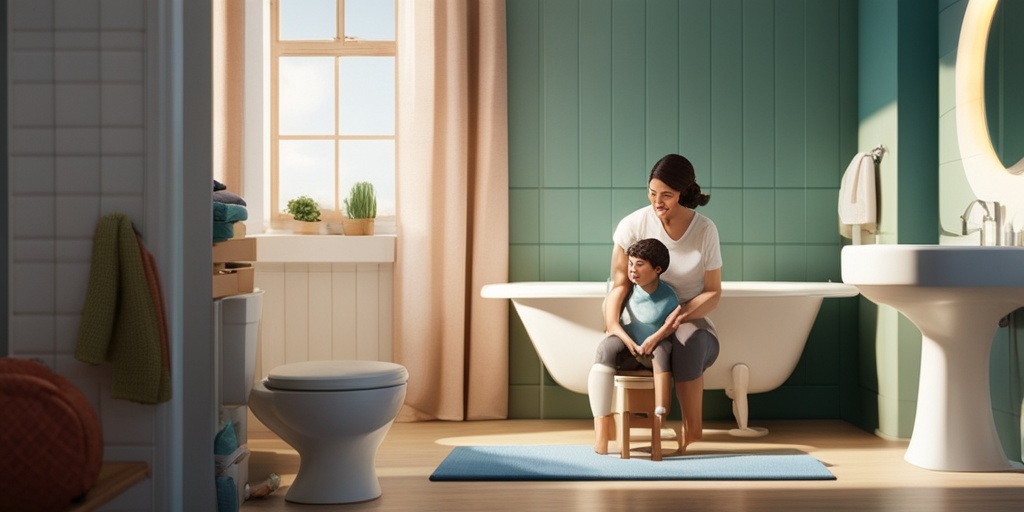
Teaching Kids About Personal Hygiene
Teaching kids about personal hygiene is an essential part of their development and growth. Good hygiene practices not only keep kids clean and healthy but also boost their confidence and self-esteem. As a parent, it’s crucial to instill good hygiene habits in your kids from a young age to set them up for a lifetime of good health and well-being.
Why Is Personal Hygiene Important for Kids?
Personal hygiene is vital for kids’ health and well-being. Good hygiene practices help prevent the spread of illnesses, reduce the risk of infections, and promote overall health. When kids practice good hygiene, they’re less likely to get sick, and they’ll feel more comfortable and confident in their own skin.
How to Teach Kids About Personal Hygiene
Teaching kids about personal hygiene can be a fun and engaging experience with the right approach. Here are some tips to get you started:
- Lead by example: Kids learn by observing, so make sure you’re practicing good hygiene yourself. Let your kids see you washing your hands regularly, brushing your teeth, and taking showers or baths.
- Make it fun: Turn hygiene practices into games or fun activities. For example, you can create a song or rhyme to remember to wash your hands or make brushing teeth a fun experience with a favorite toothbrush.
- Use visual aids: Use pictures or diagrams to explain the importance of hygiene practices. You can also create a children’s hygiene checklist to help them remember what to do.
- Practice, practice, practice: Encourage your kids to practice good hygiene habits regularly. Make it a part of their daily routine, such as washing their hands before meals or brushing their teeth before bedtime.
Common Hygiene Mistakes Parents Make
As a parent, you want the best for your kids, but sometimes, despite your best efforts, you might be making some common hygiene mistakes. Here are some mistakes to avoid:
Not Supervising Handwashing
One of the most critical hygiene practices is handwashing. However, many parents assume their kids are washing their hands properly without supervising them. Make sure to supervise your kids when they wash their hands, especially after using the bathroom and before eating.
Not Encouraging Regular Bathing
Regular bathing is essential for kids’ hygiene. However, some parents might not encourage their kids to bathe regularly, especially during the winter months. Encourage your kids to bathe at least twice a week, and more often if they’re physically active or play sports.
Not Teaching Proper Tooth Brushing
Teaching kids to brush their teeth properly is crucial for their oral health. However, some parents might not be teaching their kids the correct technique or encouraging them to brush for the full two minutes. Make sure to demonstrate the correct brushing technique and supervise your kids until they get it right.
By avoiding these common hygiene mistakes and teaching your kids good hygiene practices, you’ll set them up for a lifetime of good health and well-being. Remember, good hygiene habits start at a young age, so start teaching your kids today! 🚿💦
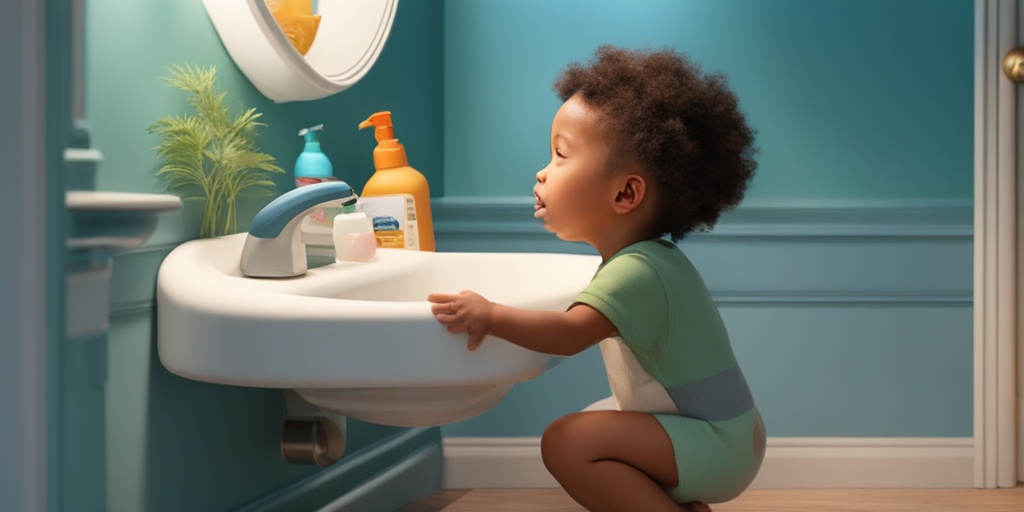
Children’s Hygiene: Frequently Asked Questions
Teaching children good hygiene practices is essential for their health and well-being. Here are some frequently asked questions about children’s hygiene:
Why is Children’s Hygiene Important?
Good hygiene practices help prevent the spread of illnesses and infections. It also boosts a child’s confidence and self-esteem. Proper hygiene habits can also help prevent body odor, acne, and other skin problems.
What is a Good Children’s Hygiene Checklist?
A good children’s hygiene checklist should include:
- Brushing teeth at least twice a day
- Washing hands regularly, especially after using the bathroom and before eating
- Taking a bath or shower regularly
- Washing hands after blowing their nose, coughing or sneezing
- Wearing clean clothes and underwear daily
- Practicing good toilet hygiene, such as wiping correctly and flushing the toilet
What are Some Fun Children’s Hygiene Activities?
Make hygiene fun for kids by:
- Creating a song or dance to remember hygiene routines
- Using colorful soap and toothbrushes
- Letting them pick out their own hygiene products, such as toothpaste or shampoo
- Creating a reward chart for good hygiene practices
What is Children’s Hygiene and Sanitation Training (CHAST)?
CHAST is a program that aims to promote good hygiene and sanitation practices among children. It focuses on teaching children the importance of hygiene and sanitation in preventing illnesses and promoting overall health.
What are Some Good Children’s Hygiene Posters?
Some popular children’s hygiene posters include:
- Posters that illustrate the importance of washing hands
- Posters that show the correct way to brush teeth
- Posters that promote good toilet hygiene
What is a Children’s Hygiene Chart?
A children’s hygiene chart is a visual reminder of good hygiene practices. It can be a chart or poster that lists the different hygiene practices, such as brushing teeth, washing hands, and taking a bath. It can also be a chart that tracks a child’s progress in practicing good hygiene.
What are Some Good Children’s Hygiene Products?
Some popular children’s hygiene products include:
- Kid-friendly toothpaste and toothbrushes
- Colorful soap and shampoo
- Fun and colorful hygiene kits
What are Some Good Children’s Hygiene Practices?
Some good children’s hygiene practices include:
- Washing hands regularly
- Brushing teeth at least twice a day
- Taking a bath or shower regularly
- Practicing good toilet hygiene
By teaching children good hygiene practices, you can help them develop healthy habits that will last a lifetime. Remember to make hygiene fun and engaging for kids! 🎉

